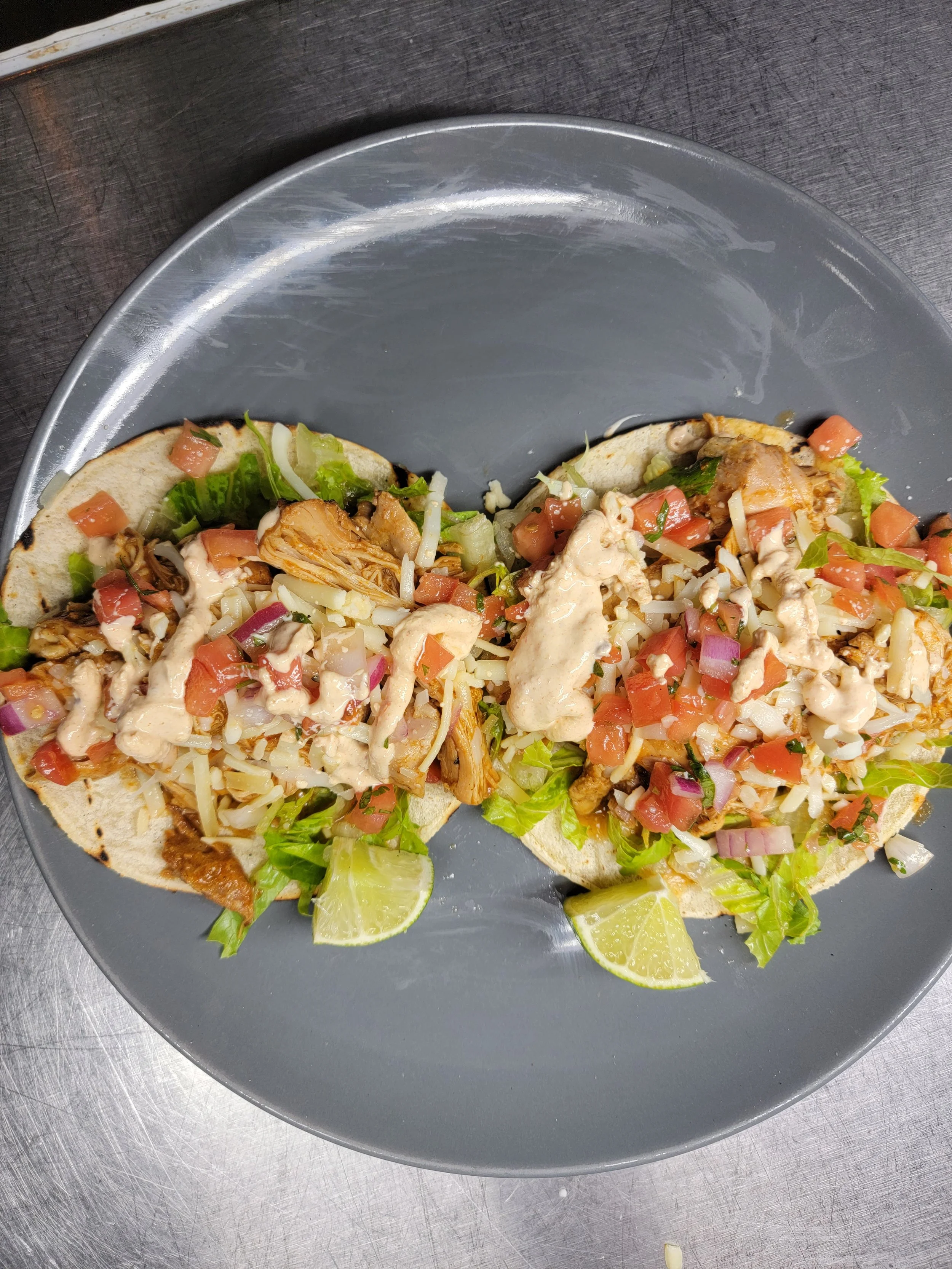Ultimate DIY Guide: Crafting Your Perfect Patio Grill Station
Introduction
Ah, the sizzle of steak on the grill, the aroma of smoky barbecue filling the air—nothing quite like the joy of cooking outdoors. If you're like me, a chef who relishes the chance to flip burgers under the sun or sear vegetables under the stars, then you understand the allure of the perfect grill setup. But why settle for a simple grill when we can all elevate our outdoor cooking experience with a custom-built patio grill station?
Building your grill station is more than just a DIY project. It's a chance to showcase your unique style and cater to your specific needs. Whether you're hosting large family gatherings or enjoying a quiet evening meal outdoors, your custom-built patio grill station will be a testament to your creativity and practicality. From a covered grill area that lets you cook in any weather to a fully equipped station complete with prep surfaces and storage, the possibilities are as limitless as your imagination.
So, grab your tools, and let's prepare to transform your backyard into a culinary paradise. In this guide, I'll walk you through everything from designing to building your DIY grill station. Ready to become the ultimate backyard chef? Let's fire up that grill and get started!
Understanding Your Needs and Space
Before you start sawing wood and hammering nails, it's crucial to take a step back and assess exactly what you need from your grill station. As a chef, I can tell you that every good kitchen—indoors or outdoors—begins with a clear understanding of space and function. Let's figure out how to make your outdoor grill station fit your culinary lifestyle like a well-tailored apron.
Assessing Your Space
The first step in creating your dream grill station is evaluating your available space. Grab a tape measure and get the dimensions of your patio, deck, or backyard area where you plan to build. Consider how the grill station will fit into this space without making it feel cramped or obstructed. Remember, you'll need enough room for the grill and movement around it—because no one likes bumping into sharp corners while flipping burgers!
Sample Outdoor Grill Station
Size and Scope of the Grill
Think about the size of the grill you envision. Are you leaning towards a large, multi-burner grill capable of feeding a crowd or a more modest setup perfect for intimate family dinners? The size of your grill will directly impact the dimensions of your grill station. Additionally, consider if you want to include extra features such as side burners, a smoker, or even a pizza oven. Each feature requires additional space and possibly different materials, so it's essential to plan accordingly.
Incorporating Additional Components
A chef knows grilling is more than just cooking—it's an experience. You might want to include a prep area where you can chop vegetables and season meats. A tiny refrigerator could be nestled in to keep drinks and marinades chilled. Storage of tools, spices, and plates is also crucial for keeping the area tidy and functional. Think about these components in the early planning stages to ensure everything has a place in your final design.
With a clear understanding of your space and needs, you'll be well on your way to designing a grill station that looks great and enhances your grilling game. Next, we'll explore the materials and designs that can turn your vision into reality. Stay tuned and keep that chef's hat on—we're just getting warmed up!
Building a Covered Grill Area
A covered grill area allows you to enjoy outdoor cooking regardless of the weather and adds a stylish architectural element to your backyard. Let's dive into the steps and considerations for constructing a sturdy and beautiful covered grill area.
Choosing the Right Location
Before you break ground, choose the optimal spot for your covered grill area. It should be conveniently located near your kitchen to facilitate easy transport of food and utensils. Also, consider the direction of prevailing winds and sun exposure to maximize comfort for the cook and your guests.
Selecting Materials for Durability and Aesthetics
For the roof and supports of your covered area, select materials that match the existing style of your home and are durable enough to withstand your local climate. Materials like treated wood, aluminum, and even polycarbonate panels, are popular choices. Each has its own benefits:
Treated Wood: Offers a natural look and can be painted or stained to match any style.
Aluminum: Lightweight, rust-resistant, and low maintenance.
Polycarbonate Panels: Provide excellent protection from the elements while allowing natural light to filter through.
Constructing the Frame
Building a solid frame is crucial for the longevity and safety of your covered grill area. Depending on your chosen materials and design, this might include setting posts in concrete, assembling trusses for the roof, or installing beams for additional support. Always ensure that your construction adheres to local building codes and regulations.
Roofing Considerations
The roof of your covered grill area should provide ample protection from rain and sun while allowing smoke and heat to escape safely. Consider a slanted or gabled roof design to facilitate drainage and provide better smoke ventilation. Additionally, installing a vent or chimney over the grill can help direct smoke away efficiently.
Integrating Lighting and Electrical Outlets
Remember lighting and electrical needs. Integrating lights into your covered grill area extends its usability into the evening. Also, having electrical outlets handy can help use electric grills, blenders, or sound systems.
Final Touches
Adding finishing touches can make your covered grill area more inviting and functional. Consider installing side panels or curtains for privacy and protection from the elements. Adding comfortable seating or a bar area can also enhance the overall experience of your outdoor cooking space.
Covered Outdoor Grill Station
Building your covered grill area with careful planning and attention to detail will provide a functional and enjoyable outdoor cooking environment. Next, let's explore a budget-friendly DIY grill station. Stay tuned for savvy tips and tricks!
Maintenance Tips for Your DIY Grill Station
To ensure your DIY grill station remains in top condition and ready for impromptu BBQs or planned gatherings, regular maintenance is crucial. Here’s how to keep your outdoor cooking oasis running smoothly and looking great.
Regular Cleaning
Grill Care: After each use, clean the grill grates to prevent buildup and ensure even cooking. Use a grill brush to scrub off any residue while the grill is still warm. Periodically deep-clean the entire grill, checking burner jets and replacing lava rocks or ceramic briquettes if necessary.
Countertop Maintenance: Wipe down countertops after use, especially if they're made of materials like granite or stone, which can stain if spills are left untreated. Use gentle cleaners to avoid damaging the surface.
Inspecting and Repairing Components
Structural Integrity: Regularly inspect the wood or metal parts of your grill station for signs of wear, such as rust or rot. Apply a sealant or rust protector yearly to extend their life.
Hardware Check: Tighten any loose screws and replace worn-out hinges or handles on cabinets and drawers to keep everything functioning properly.
Weatherproofing
Protective Covers: Invest in a good-quality cover for your grill and outdoor kitchen area to protect it from the elements when not in use. This is particularly important if your setup includes electrical appliances.
Sealing Wood and Stone: Reapply sealant to wood and stone surfaces every year or as needed to prevent water damage and fading from the sun.
Winterizing Your Grill Station
Cleaning and Storage: Thoroughly clean your grill and storage areas before winter. Store any removable items indoors, such as utensils, textiles, and portable appliances.
Drain Water Lines: If your grill station includes a sink or a refrigerator, make sure to drain any water lines and shut off the water supply to prevent freezing and bursting pipes.
Pest Control
Keep It Clean: Regular cleaning and maintenance not only preserve your station’s appearance but also deter pests like rodents and insects.
Seal Openings: Check for gaps or openings where pests might enter and seal them. Use natural repellents like peppermint oil around your grill station to keep pests at bay.
By adhering to these maintenance tips, your DIY grill station will not only last longer but will also be a safe, clean, and enjoyable cooking environment. Up next, we'll explore the pros and cons of building your own grill station, helping you make informed decisions as you embark on this rewarding project. Stay tuned!
Pros and Cons of DIY Grill Stations
Building a DIY grill station can be an exciting project for any home chef or grilling enthusiast. However, like any home improvement project, it comes with its own set of advantages and challenges. Let's examine the pros and cons to help you decide if a DIY grill station is right for you.
Pros
Customization: One of the most significant advantages of a DIY grill station is the ability to tailor it to your specific needs and preferences. Whether you need extra storage, specific materials, or a particular layout, you can design your grill station to fit your cooking style and space.
Cost Savings: Often, building a grill station yourself can be less expensive than purchasing a pre-built one or hiring professionals. By choosing your materials and doing the labor, you can often save money and allocate funds to higher quality or specialized components.
Increased Home Value: Adding a functional and attractive outdoor kitchen can increase the overall value of your home. It's a feature many prospective homebuyers find appealing, making it a worthwhile investment.
Satisfaction and Pride: A significant sense of accomplishment comes from building something with your own hands. Completing a grill station you and your family can enjoy can be a source of pride and joy.
Cons
Time and Effort: Building a grill station can be time-consuming, especially if you're balancing it with other responsibilities. The planning, building, and finishing processes require considerable time and energy.
Skill Level Required: While many aspects of building a grill station can be handled by novices, specific tasks may require more advanced DIY skills or even professional help, particularly for tasks involving plumbing or electrical work.
Potential for Mistakes: Without professional expertise, there's always the risk of mistakes requiring costly corrections. Misjudgments in design or construction can impact your grill station's aesthetics and functionality.
Maintenance Requirements: DIY projects, especially those exposed to the elements like an outdoor grill station, can require ongoing maintenance to keep them looking and functioning their best. This might involve more effort than commercially available options, often designed for easy maintenance.
Weighing Your Options
Deciding whether to build a DIY grill station involves weighing these pros and cons against your personal situation, skills, and desires. If the joy of crafting your own outdoor cooking space outweighs the effort involved, then it could be the perfect project for you. On the other hand, if you prefer convenience and minimal maintenance, looking into pre-made options might be better.
In the next section, we'llwe will address some frequently asked questions that help clarify any further doubts or concerns you have about embarking on this DIY journey. Stay tuned!
FAQ: Building Your DIY Grill Station
Building a DIY grill station can raise a lot of questions, especially if it's your first time tackling such a project. Here are some frequently asked questions to help guide you through the process.
What is the best material for a DIY grill station?
Answer: The best material depends on your climate, budget, and style preferences. Stainless steel and granite are popular for their durability and resistance to the elements. Treated wood can offer a warmer, more natural look but requires regular maintenance to prevent decay.
How can I make my grill station more versatile?
Answer: To enhance the versatility of your grill station, consider incorporating features like a side burner, a smoker, or a wood-fired pizza oven. Adding ample counter space for prep work and storage for cooking tools and serving dishes can also expand its use.
What are some common mistakes to avoid when building a DIY grill project?
Answer: Common mistakes include not planning adequately, underestimating budget needs, overlooking local building codes, and choosing materials that aren't suited for outdoor use. Make sure to thoroughly research and plan every aspect of your project before starting.
How do I ensure my grill station is safe?
Answer: Safety is crucial. Make sure your grill is placed far enough from any combustible materials and the home itself. Ensure all installations, especially gas and electrical connections, are done according to local codes, possibly with professional help.
Can I build a grill station on an existing patio?
Answer: Yes, you can build a grill station on an existing patio, provided that the patio can support the added weight and has been built to accommodate such structures. It’s important to assess the condition and suitability of the patio before starting your project.
What's the best way to maintain my DIY grill station?
Answer: Regular cleaning, annual sealing or painting of wood surfaces, and covering the grill station during inclement weather or off-seasons are best practices. Also, check for wear and tear regularly and make necessary repairs to prolong its life.
How long does it typically take to build a DIY grill station?
Answer: The time it takes can vary widely depending on the complexity of the design and your skill level. Simple designs might take a weekend, while more elaborate setups could require several weeks of work.
By keeping these questions and answers in mind, you'll be better prepared to tackle your DIY grill station project confidently and effectively. If you have any more specific questions or need further assistance, feel free to ask!

































